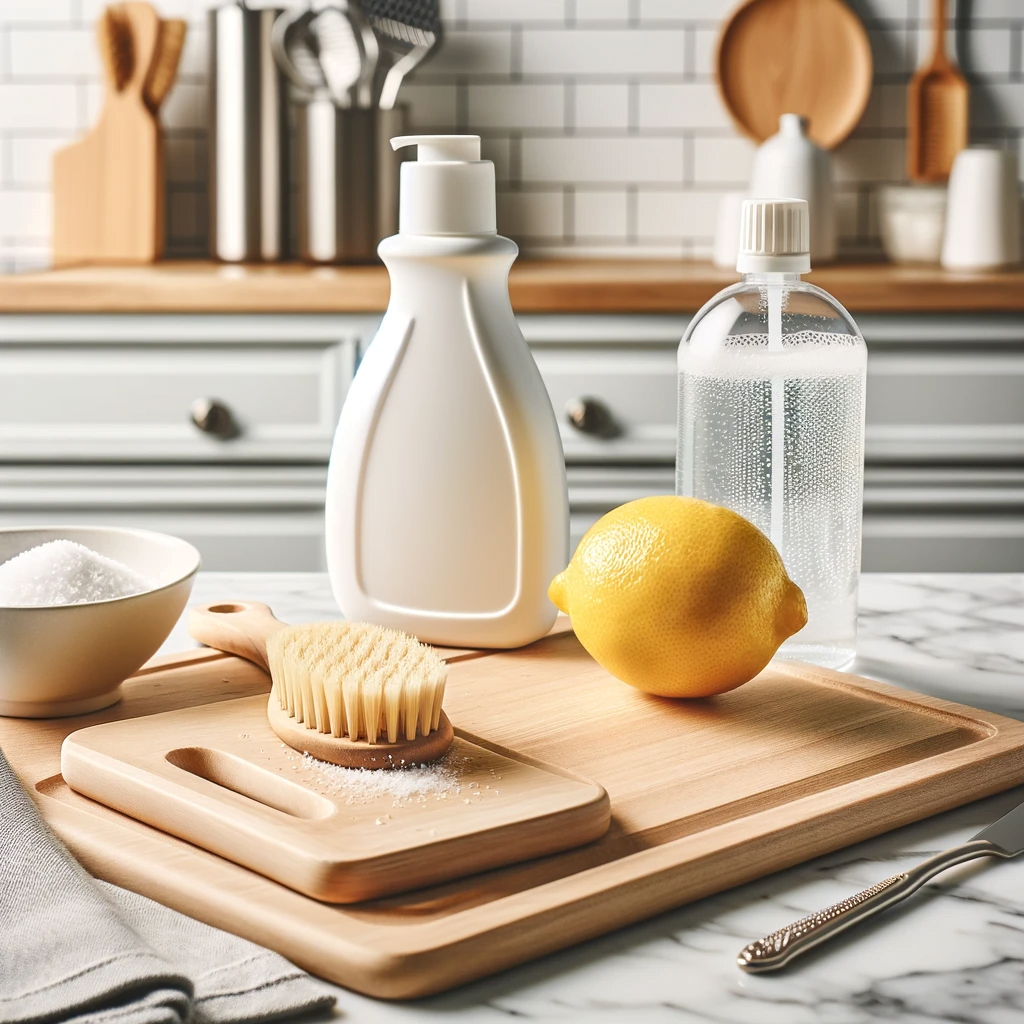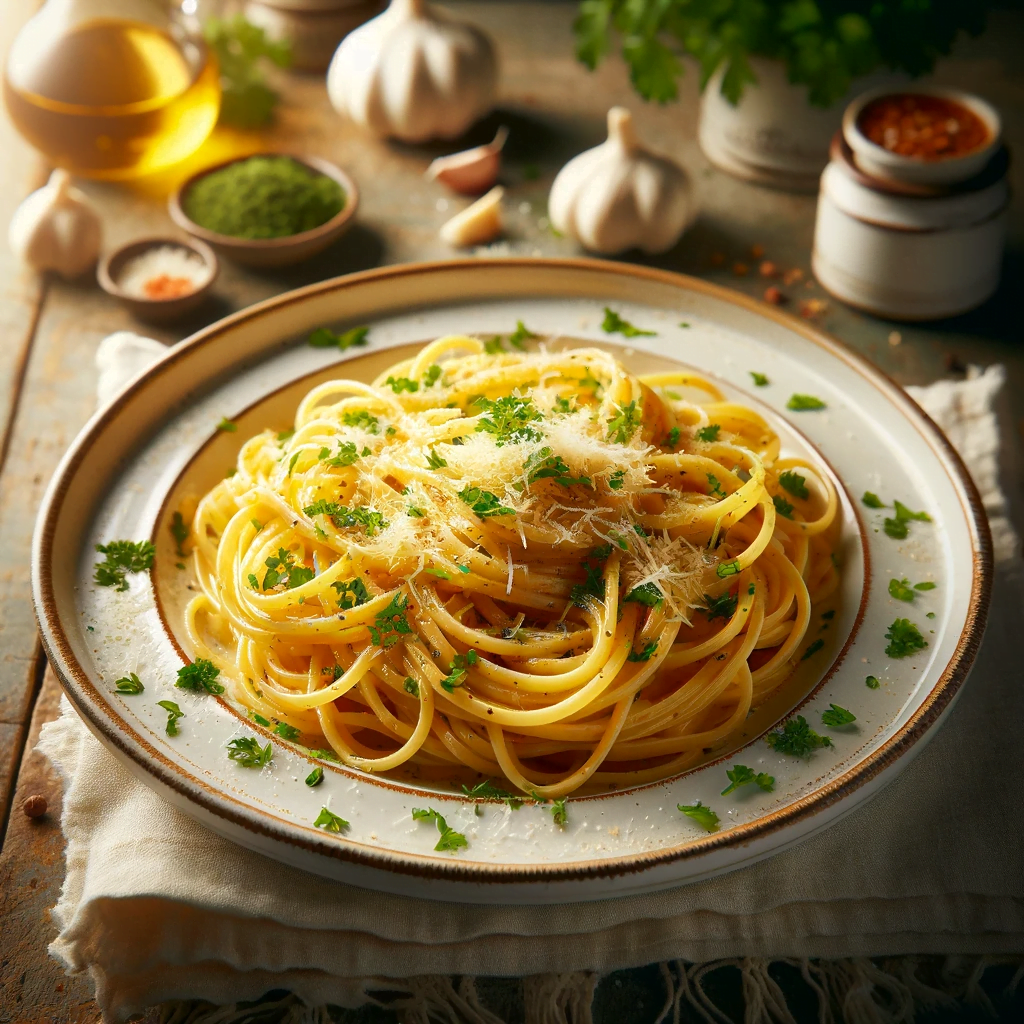
How to Deep Clean a Cutting Board
Cutting boards are one of the many workhorses of the kitchen – serving as a surface for chopping, slicing, and dicing. With regular use, it is important to maintain cutting boards to prevent unwanted odors, stains, and hygienic problems. This article will provide a comprehensive step by step guide to maintaining and cleaning your cutting boards.
How to Deep Clean a Wooden Cutting Board
Wooden cutting boards are popular in many kitchens because of their durability and unique aesthetics. Wooden cutting boards are very versatile but require special maintenance in order to prevent damage and bacteria growth. In addition to cleaning, it is recommended that wooden cutting boards are regularly oiled in order to continuously reseal the wood. Here’s how to deep clean a cutting board made of wood.
Scrub with Salt and Lemon
Sprinkle coarse salt over the surface of the board. Cut a lemon in half and use it as a scrubber, gently working the salt into the board. The abrasiveness of the salt works with the acidity of the lemon to remove stains and odors.
White Vinegar
After treating your cutting board with lemon and salt, continue deep cleaning by applying white vinegar to the surface of the board. White vinegar acts as a natural disinfectant and can help remove lingering bacteria that can contribute to odors and smells.
Rinse and Dry
After cleaning with white vinegar, rinse your board with warm water and a light soap. Use a soft towel or sponge to remove any remaining residue, being careful not to be overly abrasive. Most importantly, after rinsing, make sure the board is completely dry. We recommend drying first with a towel, then allowing the board to air dry overnight. When stored with water on the surface of the board, wooden cutting boards can crack, warp, and develop bacteria growth.
Oil and Buff
Once dry, apply a thin layer of food-grade oil to the cutting board. Work the oil into the board and allow it to deeply penetrate. Oiling your board will help prevent drying and cracking. For more instructions on how to oil a wooden cutting board, check out this article.
How to Deep Clean a Cutting Board: Plastic Boards
Plastic cutting boards are often easier to clean than wooden cutting boards. Some plastic cutting boards, such as this one from OXO, are even dishwasher safe! Here’s how to deep clean a cutting board if it is made of plastic.
Dishwasher
If your cutting board is dishwasher safe, run it through a cycle with hot water and detergent. Only plastic cutting boards should be put in the dishwasher. Putting a wooden cutting board in the dishwasher can ruin it! If your cutting board is not dishwasher safe, try cleaning with a dish soap and sponge, working your way across the board in circles until all sides are clean.
Baking Soda Paste
If your board is still stained after a cycle through the dishwasher, use a paste of baking soda and water to work out any remaining stains. Apply this paste to stained areas and scrub using a soft brush or sponge. The abrasiveness of the baking soda will help lift stains from the surface of the cutting board.
Rinse and Dry
After cleaning, thoroughly rinse the board under running water. Optionally, clean with a light dish soap to help remove any residue. Like wooden boards, it is important to completely dry plastic boards before storing them. Storing a wet cutting board can lead to bacterial growth and unwanted odors. We recommend storing your boards upright instead of stacking them to prevent scratching.
General Tips For Cutting Board Maintenance
A well-maintained cutting board can last a lifetime. Regular cutting board maintenance can help increase the lifespan of your cutting board. Now that you’ve learned how to deep clean a cutting board, follow these simple steps to continue maintaining your board.
- Regular Cleaning: Regular cleaning can help reduce the number of times you need to deep clean your cutting board. Clean your board after each use with soapy water.
- Avoid Cross Contamination: Use separate boards for raw meats and vegetables.
- Avoid Excessive Heat: Don’t expose your boards to high heat as it can cause warping or melt the plastic.
Conclusion: How to Deep Clean a Cutting Board
Maintaining your cutting board is not only important for food safety but can also extend its lifespan. Knowing how to deep clean a cutting board, whether it is made of wood or plastic, will help ensure that your cutting boards remain hygienic and safe for food preparation.




Leave a Reply